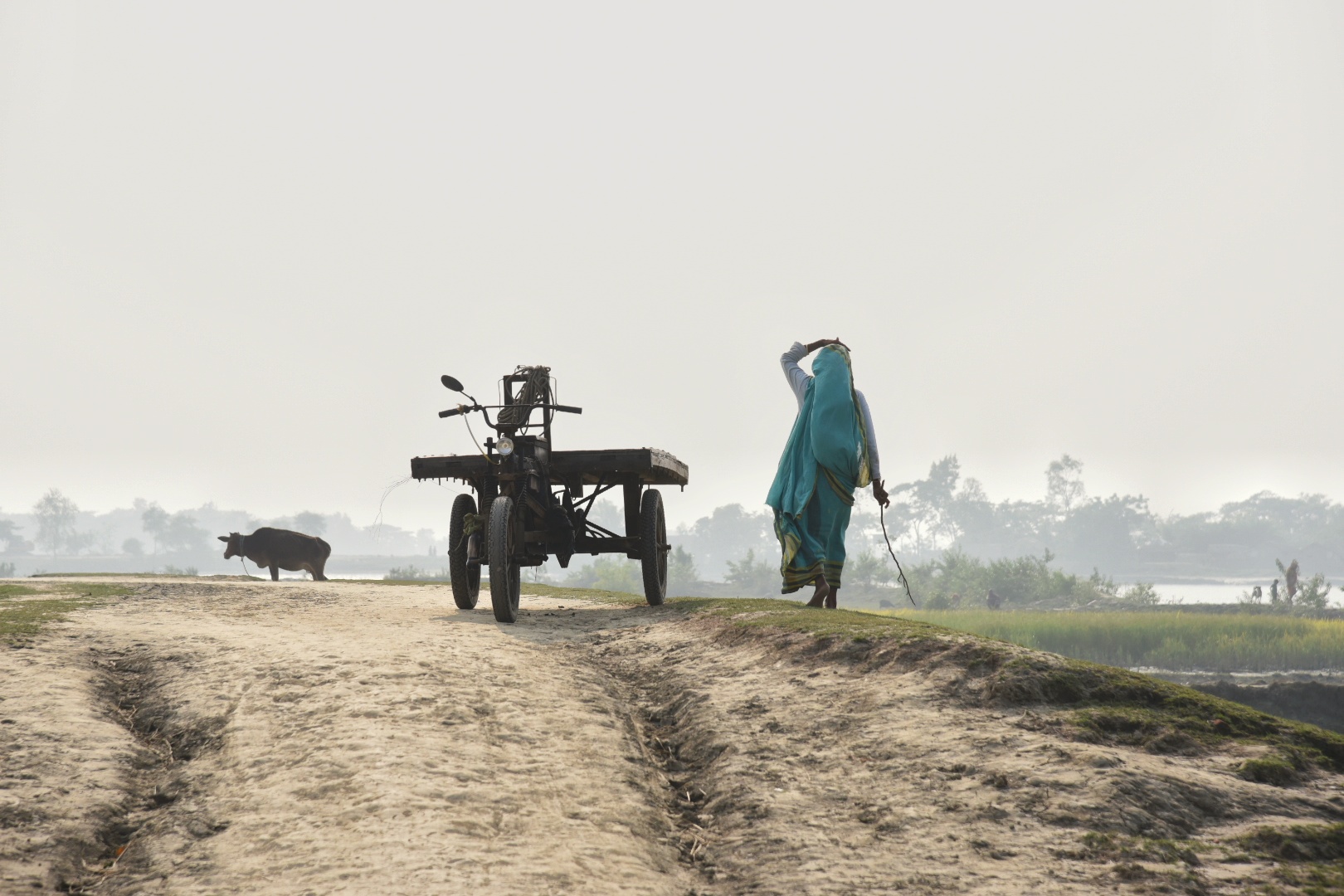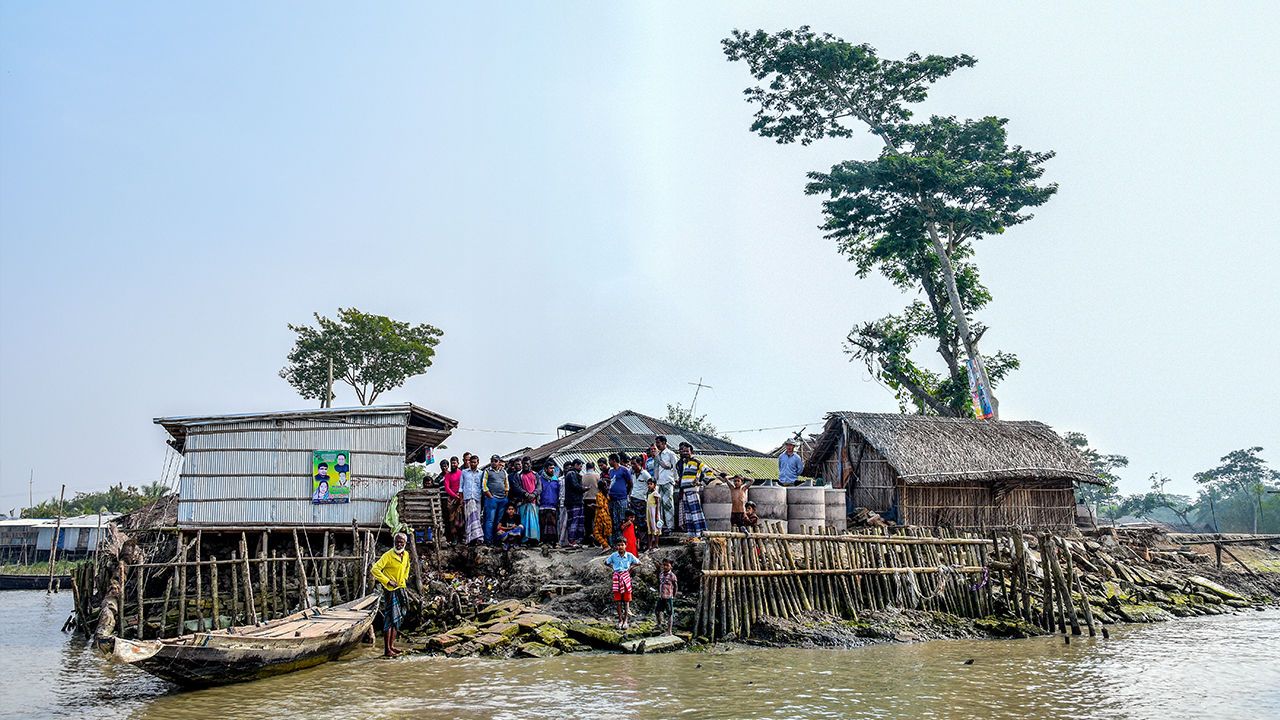
On the southwest coast of Bangladesh, man-made islands that are home to 14 million people are becoming uninhabitable.
Global warming will make things worse, but it isn't driving today's difficulties. They originated in the 1960s, when engineers built 140 walled-off islands or "polders." Deprived of river sediment, the land is sinking and rivers are filling with silt, triggering a cascade of problems.
Disputes over these polders are a case study for countries facing a future of higher seas and super-charged storms. A central question is whether to take a "hard" or "soft" approach. Bangladesh offers a chance to examine both. The World Bank is spending $400 million to raise polder dikes. Critics warn this "hard" approach repeats a failed strategy. Prominent scientists instead urge a "softer" approach, allowing seasonal flooding—but that also has downsides.
This story takes you to places in Bangladesh that are trying each of these strategies, each with its own thicket of problems, from engineering headaches to conflicts between competing local interests. At a time when people living in river deltas around the world are facing the effects of climate change, the story of Bangladesh's polders shows just how tricky it is to adapt.





